About Asbestos
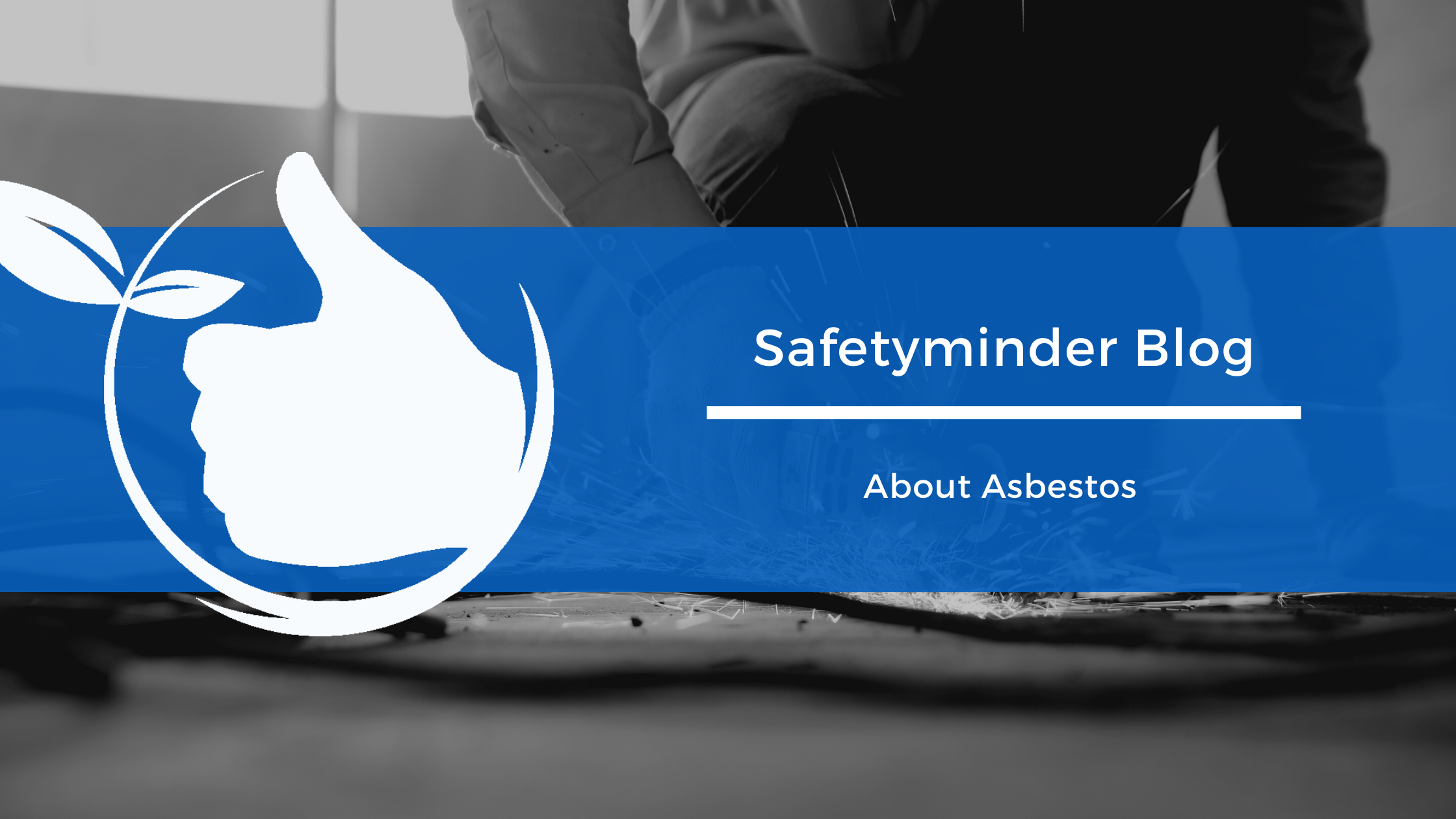
Asbestos was once used in Australia in more than 3,000 different products including fibro, flue pipes, drains, roofs, gutters, brakes, clutches and gaskets.
Asbestos becomes a health risk when its fibres are released into the air and breathed in. Breathing in asbestos fibres can cause asbestosis, lung cancer and mesothelioma.
- The risk of contracting these diseases increases with the number of fibres inhaled.
- The risk of lung cancer from inhaling asbestos fibres is greater if you smoke.
- Those who get health problems from inhaling asbestos have usually been exposed to high levels of asbestos for a long time. Symptoms don’t usually appear until 20 to 30 years after initial exposure.
A total ban on asbestos came into effect in Australia on 31 December 2003. It is illegal to make it, use it or import it from another country.
Workers must not handle asbestos unless they have been trained and hold a licence that is current and appropriate for the type of work being done.
Asbestos: a definition
Asbestos is a naturally-occurring mineral and can typically be found in rock, sediment or soil. It has strong fibres that are heat resistant and have good insulating properties.
- You can’t see asbestos fibres with the naked eye and because they are very light, they can be blown long distances by the wind.
Because of its properties, which are described as being either ‘non-friable or ‘friable’, asbestos was seen as being very useful for building products.
- Friable asbestos is a material containing asbestos that when dry, is in powder form or may be crushed or pulverised into powder form using your hand. This material poses a higher risk of exposing people to airborne asbestos fibres. Friable asbestos was commonly used in industrial applications rather than the home, although loose-fill asbestos has been found in homes in NSW and the ACT, where it was sold as ceiling and wall insulation.
- Non-friable or bonded asbestos products are solid and you can’t crumble them in your hand—the asbestos has been mixed with a bonding compound such as cement. If non-friable asbestos is damaged or degraded it may become friable and will then pose a higher risk of fibre release.
Tired of looking for your Work, Health and Safety Documents?
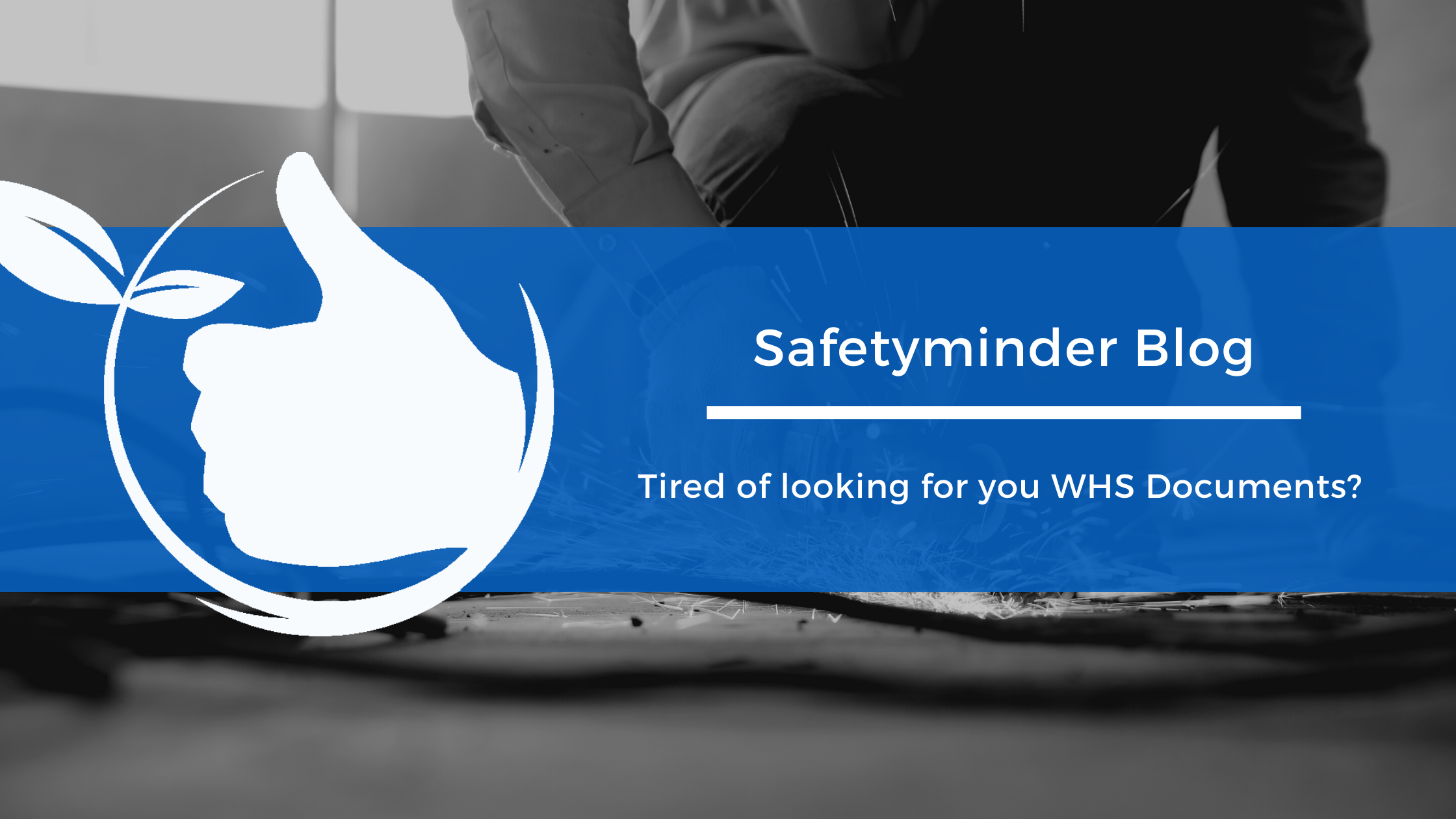 How much valuable time is wasted pulling information together, when your customers request verification of your Work Health & Safety Compliance?
How much valuable time is wasted pulling information together, when your customers request verification of your Work Health & Safety Compliance?
Or, when completing third party certification required by your customers to maintain your existing business.
– Unable to locate all your Work, Health & Safety documents, when they are needed?
– Do you know where all your information is located?
– When was the last time it was reviewed?
– Not sure you have the most current version of your documents?
– When was it backed up last?
– Are your back-ups stored off site?
Frustrated with managing separate spreadsheets & calendars and the time it takes to update, manually review all tasks required and set reminders of when to complete tasks.
Let alone, keeping track of all your toolbox meetings, training requirements and license renewals.
There is now an easier way to maintain and improve your Work, Health & Safety system with our cloud-based software. Safetyminder not only covers all those questions listed above, but enables the whole team to assist in the process.
Each member of your team can maintain their own profiles which includes personal & emergency contact details, licenses, training completed, Onsite inductions with customers, review appraisals or request leave with our Safetyminder App (available in both Apple & Andriod versions).
Team members can also complete assigned tasks on the mobile app, which are centrally managed from the office’s web app. Team members use a task-list on the mobile app to keep track of all tasks awaiting completion. Safetyminder will also sent SMS & email reminders of when tasks are coming up for completion or when tasks are overdue.
You can now enter all your documents into Safetyminder and track when things need to occur. Keep all your records in one location. All of your records are maintained in one location and backed up to ensure protection of your data.
Once you have loaded all your data into Safetyminder, the interactive calendar manages the process and enables you to quickly review, change or complete tasks. Insuring your company stays ahead of the game. Keeping your team fully informed at all times.
Why do you think WHS is so hard to follow?
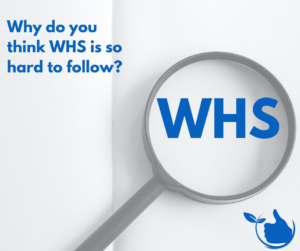
Following last weeks post on discussing what Work Place Health and Safety really is we ask you - what are some barriers you face when trying to managing your WHS for your business.Are there too many regulations?Too many conditions you need to consider?Simply just don't know the requirements?We all like shortcuts, but let's be real, shortcuts and safety do not mix. Your goal should be to prevent them from becoming the norm. This is where a WHS software is so important. If your organisation is looking to make your workplace a safer environment for everyone, then Safetyminder will assist you to develop from a reactive position to a proactive position to improve safety within an organisation. To register your interest in Safetyminder go to https://lnkd.in/gUtMkt8g
Or Make a Booking for a demo at a time that suits you!
__#safetyminder #givingyoupeaceofmind #whs #software #implement #booktoday
Safety Tips in the Workplace during COVID-19
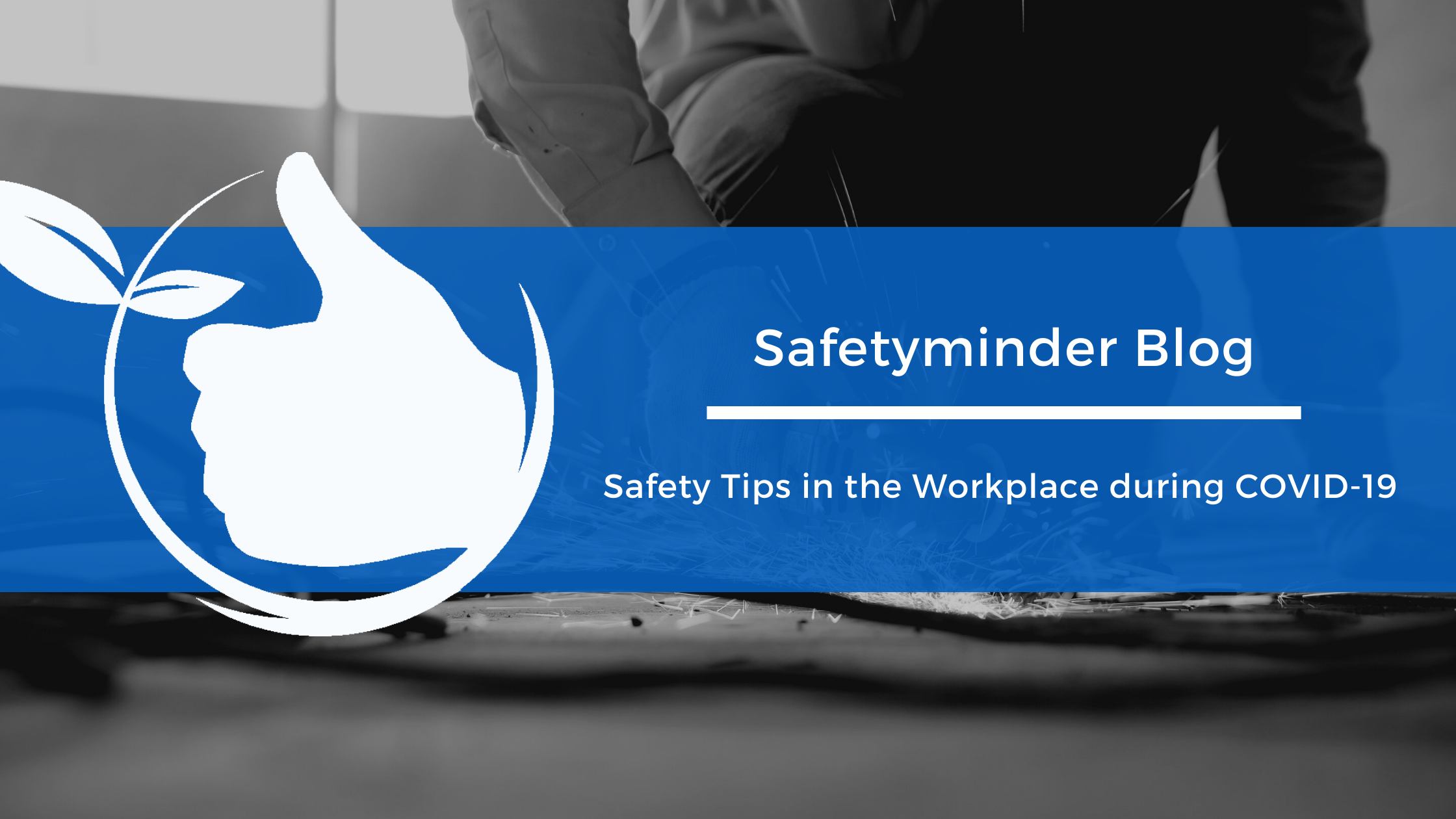
Below are some tips to help keep your workplace healthy:
- Have a screening process in place. Ask employees to screen themselves for symptoms of COVID-19 every day. Be sure to screen visitors, inspectors and contractors that come into your facility to conduct work. The government of Ontario has created a worker and employee screening tool to assist.
- Sick employees must stay home. If employees start feeling unwell at work, immediately have them go home and encourage them to self-isolate themselves from others and get tested at a local assessment centre.
- There are no social “bubbles” in the workplace. It is important to take a look at your workplace setting, whether it is indoors or outdoors, to ensure that employees are not in close contact. Those that can work from home should be encouraged to do so to reduce numbers in the workplace. Set up staggered schedules to reduce contacts. Maintain the same groups or crews to minimize contacts if there is a positive case in your workplace. Ensure work stations are a minimum of 2 metres (6 feet) apart. During those times when it is not possible to maintain 2 metres (6 feet) separation, employees must wear a mask. If employees must be within 2 metres (6 feet) of a person who is not wearing a mask, they should add eye protection as well. Keep records of visitors and contractors who may be working or visiting and interacting with your employees – this will help with contact tracing should you have a positive case in your workplace.
- Use of Masks. Well fitted cloth masks are critical to reduce the risk of COVID-19 transmission. They are an added level of protection, in addition to the other safety measures. Everyone at a minimum should wear a 2 layered mask with tightly woven material with at least two types of material used in the mask; some workplaces require medical masks as well as eye protection.
- Remember to consider your lunch and break areas. These areas should also be set up to allow employees to maintain a distance of at least 2 metres (6 feet) from every other person. Break areas are areas where employees tend to remove their masks to eat, drink and visit. These common areas have been the source of COVID-19 transmission in workplaces.
- All workplaces are required to have a workplace safety plan. This plan will help identify areas where employees may be at risk of contracting COVID-19 and the precautions necessary to prevent COVID-19 transmission.
- If you do become aware of a worker that tests positive, contact the local public health unit for advice on next steps. Public health will provide guidance on testing and isolation of those who may have been exposed.
PPE (Personal Protective Equipment)
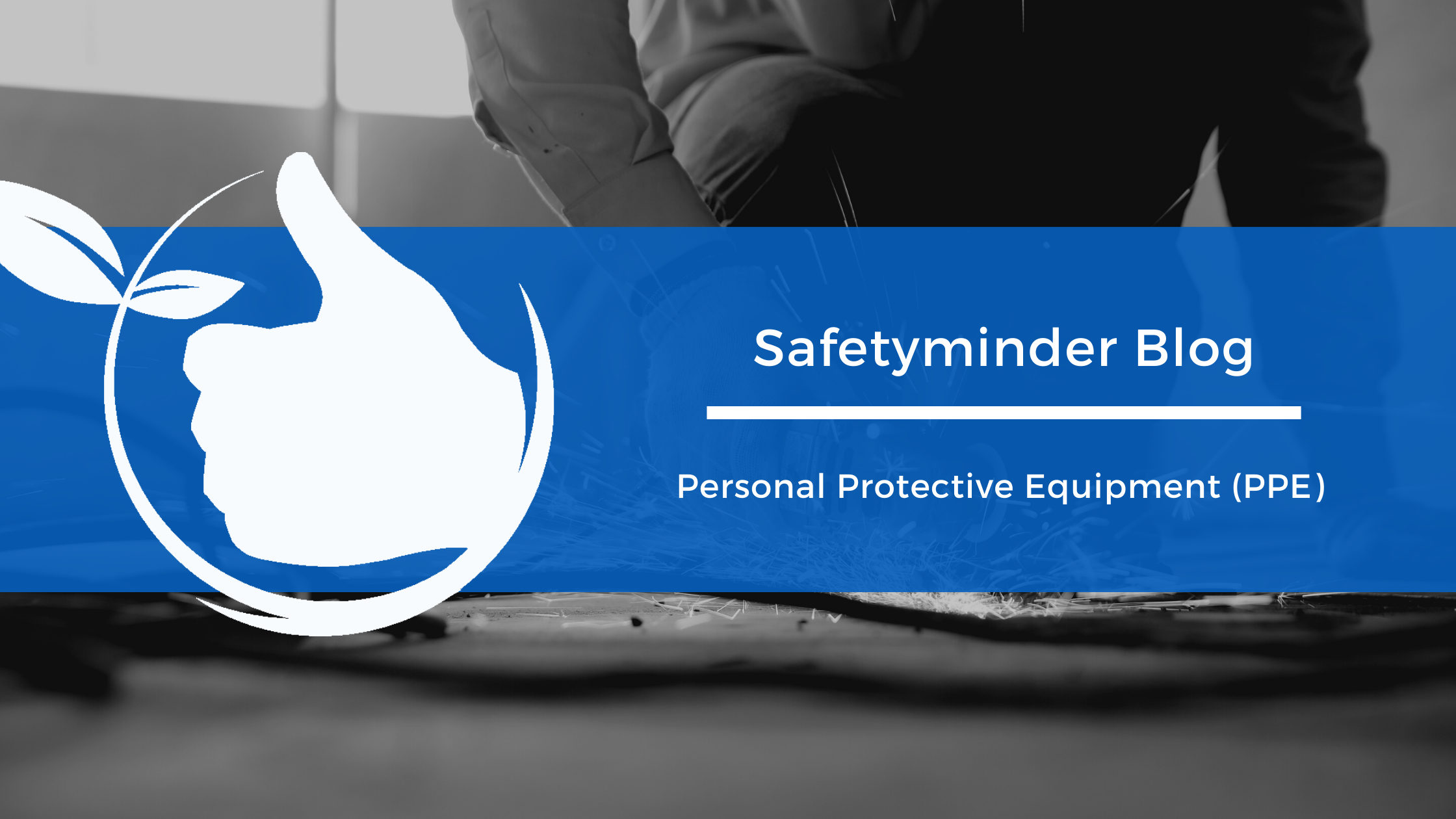
PPE refers to anything used or worn to minimise risk to workers' health and safety. This may include, but is not limited to:
- boots
- ear plugs
- face masks
- gloves
- goggles
- hard hats
- high visibility clothing
- respirators
- safety harnesses
- safety shoes
- sunscreen.
Work health and safety duties
Where PPE is to be used it must be:
- Selected to minimise risk to health and safety, including by ensuring equipment is:
- suitable for the nature of the work or hazard
- a suitable size and fit for the individual who is required to use it and that it is reasonably comfortable.
- Maintained, repaired or replaced, which includes ensuring the equipment is:
- clean and hygienic
- in good working order.
- Used or worn by the worker, so far as is reasonably practical.
Employers must:
- consult with their workers when selecting PPE
- ensure, as far as is reasonably practicable, that the PPE is used or worn by the worker
- provide the worker with information, training and instruction in the proper use and wearing of PPE and its storage and maintenance.
Worker responsibilities
A worker who is provided with PPE by their business must:
- Use or wear the PPE in accordance with any information, training or reasonable instruction provided by their employer, so far as they are reasonably able.
- Not intentionally misuse or damage the PPE.
- Inform the business of any damage, defect or need to clean or decontaminate any of the PPE if they become aware of it.
If the PPE is uncomfortable, does not fit properly or the worker has an adverse reaction using it, they should consult their manager.
If a worker refuses to wear or use the PPE, the business can take action against the worker. A worker who does not wear or use PPE, or intentionally misuses or damages it, may face disciplinary action or even prosecution.
Top 4 Nutrition Tips
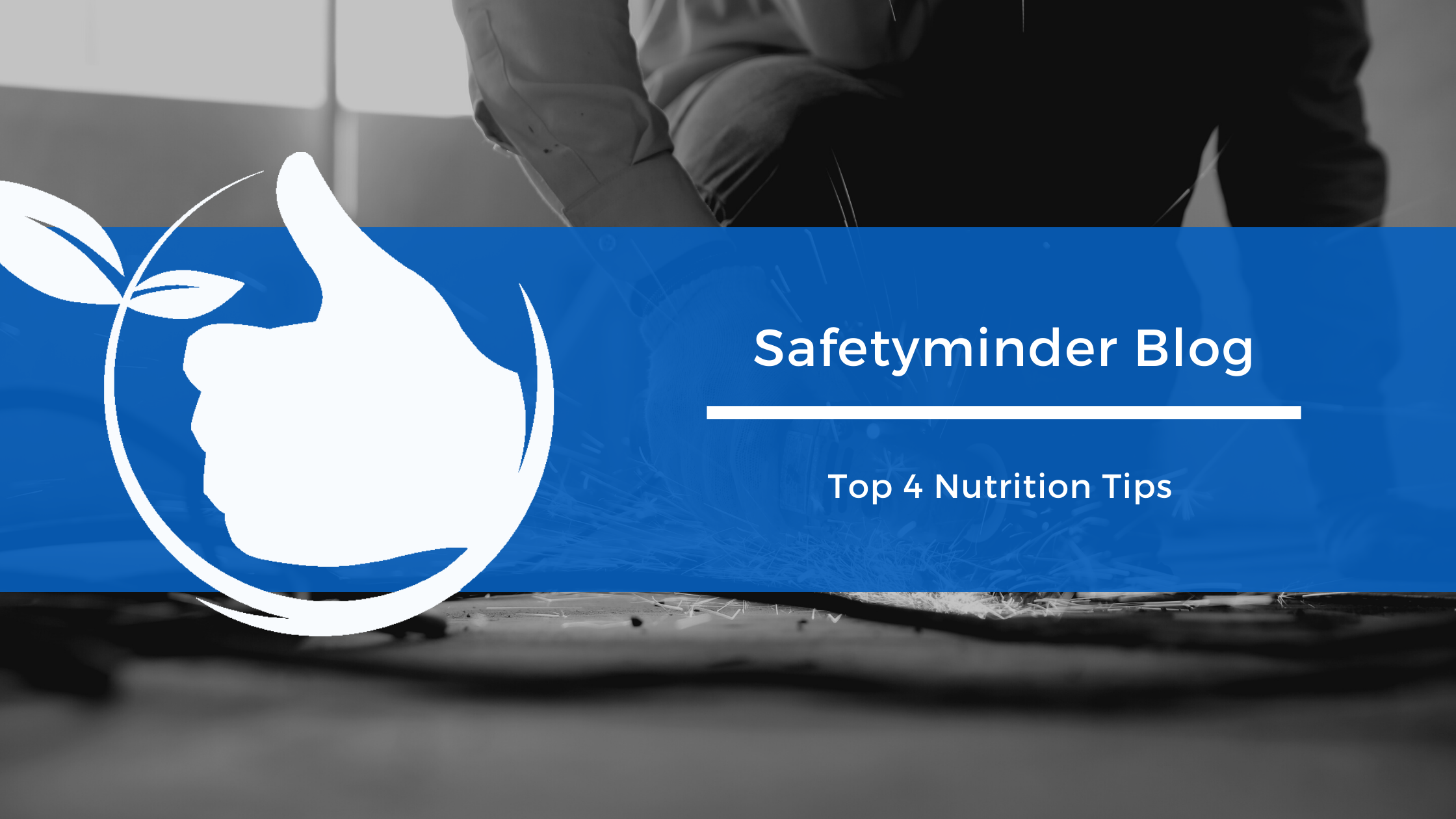 Nutrition tips
Nutrition tips
With the physical demands of being a tradie you need to eat and drink to perform, just like an athlete would. Fuel, hydrate and recover, ready to do it all again the next day is the cycle. The old reputation of tradies visiting the local take away to grab any fried food in sight seems to be changing, however there is still room to improve for nutritious food to be the norm on site! Let’s take a look at what food you can choose that is tasty, easy and nutritious too.
Many full-time workers, especially tradesmen often find it hard to stay healthy on the job. With early morning starts associated with skipping breakfast, buying a meat pie for lunch as it’s easy and having a late dinner; full time work can make it hard to find a nutritious balance.
A study [1] of Victorian apprentices has found that many young apprentice tradesmen are in general eating too much high fat take away and not eat enough fresh food on the job or at home. Why is this? They found it to be partly due to lack of cooking skills, time and facilities (no fridge or heating equipment on site), economics (fried chips are cheaper than a meat and salad roll) and the ‘norm’ around the worksite.
You may not see the negatives of a poor diet due to an active lifestyle immediately, but eating these types of foods can still do damage over time. An unhealthy diet can increase the risk of many diseases in the long run, that might make you wish you cared about nutrition when you were younger. Diseases such as heart disease, type 2 diabetes, gastrointestinal cancer and stroke. You are also likely to feel better when choosing more nutritious foods and even concentration can be improved when eating and drinking well.
1. Lack of time- got it covered
A little planning prior when you do have time, can overcome the lack of time issue day to day. Some great easy meals on the go are:
Smoothies, you can prepare these the night before or try one of Rokeby Farms protein smoothies
Wraps (include protein- e.g. tuna, egg, chicken, cheese and plenty of veg)- buy or prep the filling in a container the night before to tip in at lunchtime
Sandwiches- same deal as above; choose wholegrain breads most of the time
Leftover food from the night before (keep in a cooler bag with a frozen bottle of water) e.g. left over roast vegetables and meat taste good hot or cold
Can of corn and beans tipped into a salad bowl (can buy ready made from the supermarket) or with a few handfuls of mixed lettuce and a splash of dressing
Thermos of thick soup in the cold weather with a bread roll or pasta keeps well too
Jacket potato with baked bean filling (hot or cold)
Corn on the cob and dumplings (keep them warm in the thermos)
Stir fry with meat or seafood and brown rice
Grain salad (quinoa, freekeh or brown rice) with protein such as chicken or beef (you can buy plenty of versions now)
2. Regular meals- Plan ahead
Pressing snooze on the alarm can be very tempting when you have to get up early rather than leaving time to have breakfast. Skipping meals can set up a habit of unhealthy eating patterns long term. Have you ever skipped breakfast and then been starving by smoko, grabbing anything in sight? Set yourself up for success to make nourishing food choices. Try and pack something the night before to take an have for breakfast or first break and/or have it ready to eat before you go. I know some people who put out the cereal bowl, spoon and packet on the bench and they only need to add the milk in the morning.
Short lunch breaks (smokos) make it hard to make sure you are eating enough to keep up you energy for the day and getting a range of nutrients. Sometimes energy dense foods work well such as:
Nuts, seeds, cheese, avocado and a little dark chocolate
Liquids can also help add energy and nutrients quickly. The Rokeby Farms Protein smoothies work well here. They provide enough protein for a meal- 30grams, carbohydrates and electrolytes to help keep you hydrated from the milk.
To help with regular meals:
Meal prepping or planning meals for the week: choose a day in the week to do your shopping and time to prepare some of the meals you will have for breakfast lunch and even dinner.
Bring your own lunch, that will save time not having to go to the shop (and save some cash too)
3. Protein and carbohydrates for a working tradie
Protein
Everyone needs protein and carbohydrates but if you are working particularly hard then eating enough protein is important for repair and growth of your muscles.
Protein recommendations vary between individuals due to age, gender, weight, physical activity levels/goals and illness.
The average adult is recommended 0.75-1 grams of protein per kilogram of body
For adults training heavy loads or aiming to build more muscle 1.5-1.8 grams of protein per kilogram bodyweight is needed.
We would put jobs that are physically active for most of the day in the heavy load category.
Have a protein food at each meal and most snacks
Protein foods: Milk, Cheese, Yoghurt, Tofu, eggs, fish, lean meat, nuts, seeds, legumes
Carbohydrate
Carbohydrates are the bodies (and the brains) preferred source of energy which can obviously be important when working a long physical day of work.
It is recommended that carbohydrates should take up 45 to 65 percent of your total daily energy intake, this tends to mean around 1/3rd of the volume of your food is likely to be carbohydrate food. The quality is important as we are not suggesting to load up on sugar which is a type of carbohydrate. Most of the carbohydrate should be from nutrient rich foods such as wholegrains, fruit, dairy, starchy vegetables (potato, sweet potato, corn), legumes and grains (e.g. rice, quinoa) however again this varies between individuals based on gender, age, and physical activity.
A combination of carbohydrates and protein will help you recover from day to day as well as provide you with energy. Here are some combinations you could try:
Cereal with Rokeby Farms Probiotic Yoghurt (Filmjolk)
Rokeby Farms Protein Smoothie with added berries
Eggs on toast
Brown rice, tuna and veg
Chicken sandwich using whole grain bread
Spaghetti Bolognese
Chilli con-carne (including kidney beans) with rice
Zucchini Slice
Yogurt with muesli and fruit
4. The importance of drinking water on the job
Water is extremely important (especially in summer) but often it’s sidelined due to the tastiness of ice coffees, soft drinks, energy drinks or even beers.
Drinks like these may give you a temporary spike of energy due to the high amounts of sugar and caffeine but will soon leave you tried again. Look for lower sugar drinks and have water as your main drink, it can provide you with many benefits, in addition to keeping you hydrated, some of which include:
aid digestion and prevent constipation
regulate core body temperature
keep you alert and switched on
carry nutrients and oxygen to cells
Pack your lunch the night before and make some time to shop. A little planning can go a long way.
The Importance of Electrical Safety
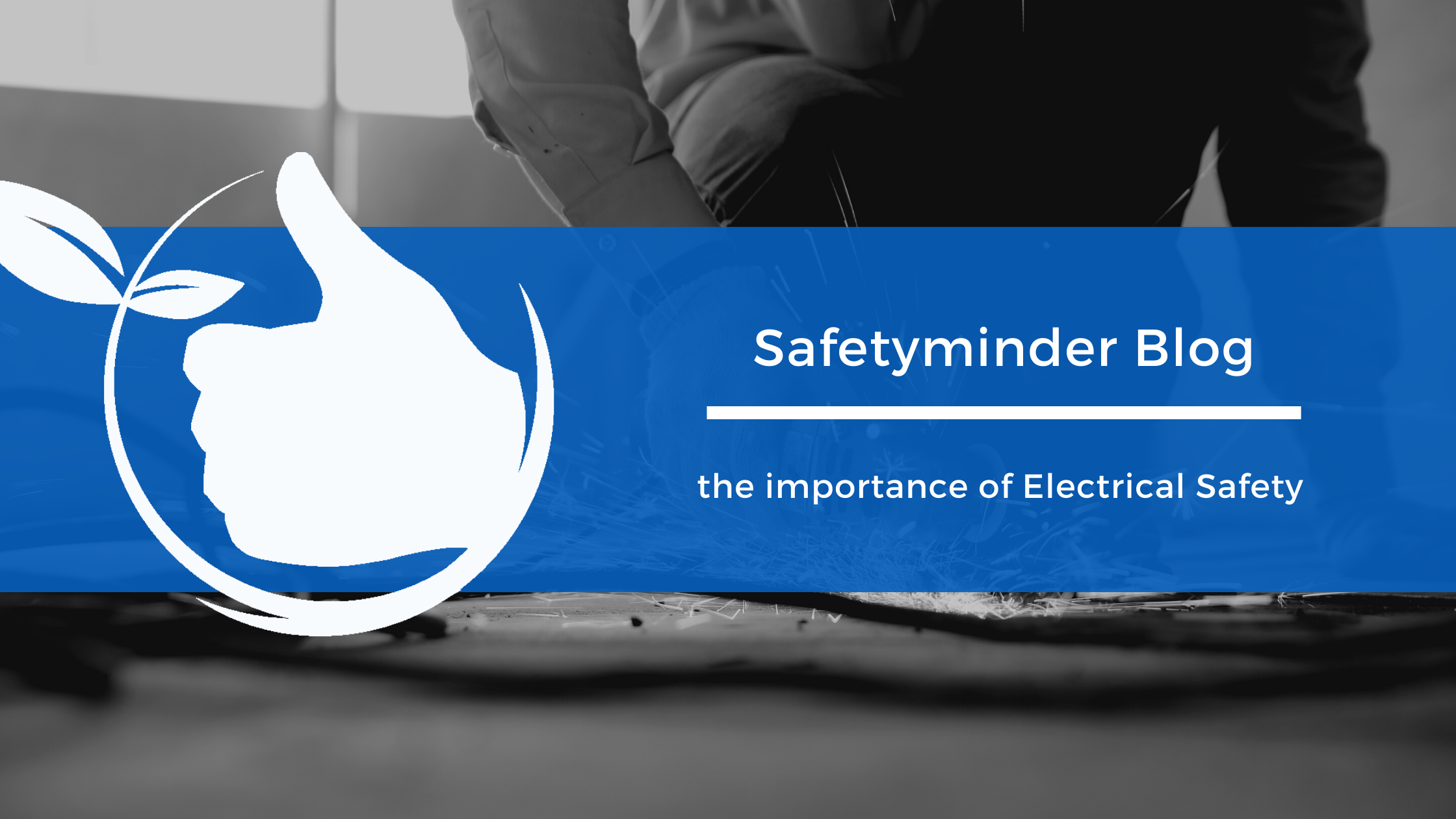
Risks associated with electricity
The risk of death or injury from electricity is strongly linked to where and how it is used. For example, the risks are generally higher if it is used:
- Outdoors or in damp surroundings—equipment may become wet and may be at greater risk of becoming damaged.
- In cramped spaces with earthed metalwork. For example, inside a tank or bin it may be difficult to avoid receiving an electrical shock if an electrical fault develops.
Some types of equipment can also involve greater risk than others, for example:
- Portable electrical equipment including plugs and sockets, electrical connections and to the cable itself are especially vulnerable to damage.
- Extension leads, particularly those connected to equipment that is frequently moved, can suffer similar problems.
Work health and safety duties
Companies must manage electrical risks in the workplace so they are eliminated so far as is reasonably practicable, or if this isn’t possible, minimised so far as is reasonably practicable.
Higher risk workplaces
Depending on the workplace additional duties to manage electrical risks are required. Higher risk workplaces using certain electrical equipment must:
- regularly test that electrical equipment
- use RCDs.
Higher risk workplaces are those where operating conditions are likely to damage the equipment or reduce its life span. This includes conditions that expose the equipment to moisture, heat, vibration, mechanical damage, corrosive chemicals and dust. Examples include:
- wet or dusty areas
- outdoors
- workplaces that use corrosive substances
- commercial kitchens
- manufacturing environments.
Solar power systems
Installing, operating, and maintaining solar power or photovoltaic (PV) systems is often high risk. Even if disconnected from the mains electrical supply or shutdown at the switchboard, PV systems can be energised by sunlight or stored energy in batteries.
Solar panels are typically installed on a roof so there are also risks from working:
- near overhead electric lines and equipment
- at height, including falls from roof or through ceiling space
- in ceiling spaces, including exposure to asbestos, extreme heat, energised electric lines, and
- outdoors, including exposure to ultraviolet radiation, heat, wind, and other weather conditions.
Construction work carried out on or near energised electrical installations or services is high risk construction work and requires a Safe Work Method Statement.
Inspect, test and tag
Regular inspecting and testing of electrical equipment can save lives. It helps identify damage, wear and electrical faults.
You can detect many electrical defects such as damaged cords just by examining them, but regular inspection and testing will make sure you detect electrical faults and deterioration you can’t see.
Companies must ensure electrical equipment is regularly inspected and tested if it is supplied with electricity through an electrical socket outlet and used in a ‘hostile operating environment’. A ‘hostile operating environment’ is an environment in which the normal use of electrical equipment exposes the equipment to operating conditions that are likely to result in damage to the equipment or a reduction in its expected life span, including conditions that involve exposure to moisture, heat, vibration, mechanical damage, corrosive chemicals or dust.
Inspections and testing must be carried out by a competent person, which depending on your jurisdiction might be a licensed or registered electrician or a licensed electrical inspector. The nature and frequency of inspection and testing depends on factors such as the nature of the electrical equipment, how it is used, and its operating environment. For advice on inspection and testing for your workplace, seek the advice of a competent person.
As a general rule, electrical equipment used in ‘hostile operating environments’ should be tested at least once every 12 months.
Residual-current devices
RCDs—also known as RCCBs or safety switches—are electrical safety devices that immediately switch off the electricity supply when electricity leaking to earth is detected at a level that is harmful to someone using electrical equipment.
You must use an RCD if the electrical equipment used in your workplace is:
- supplied with electricity through a socket outlet (plug-in electrical equipment)
- used in conditions likely to damage or reduce its expected life span.
Overhead and underground electricity lines
Before starting any work near overhead and underground lines, you need to assess the risks and plan how these will be managed:
Overhead lines:
- heights, sway and sag of lines
- nature, height and shapes of loads
- approach distances and work zones.
Underground lines:
- identify cable location, for example if you’re going to repair pot-holes
- talk to asset owners
- use insulated hand tools.
Dial Before You Dig
Dial Before You Dig is a free national referral service designed to prevent damage and disruption to the underground asset (pipes and cables) networks that provide Australia’s essential services. These underground assets include electrical cables.
Dial Before You Dig acts as a single point of contact so there is no need to contact individual underground asset organisations to get accurate information about the location of underground electrical cables and other asset networks at your work site.
About Safetyminder
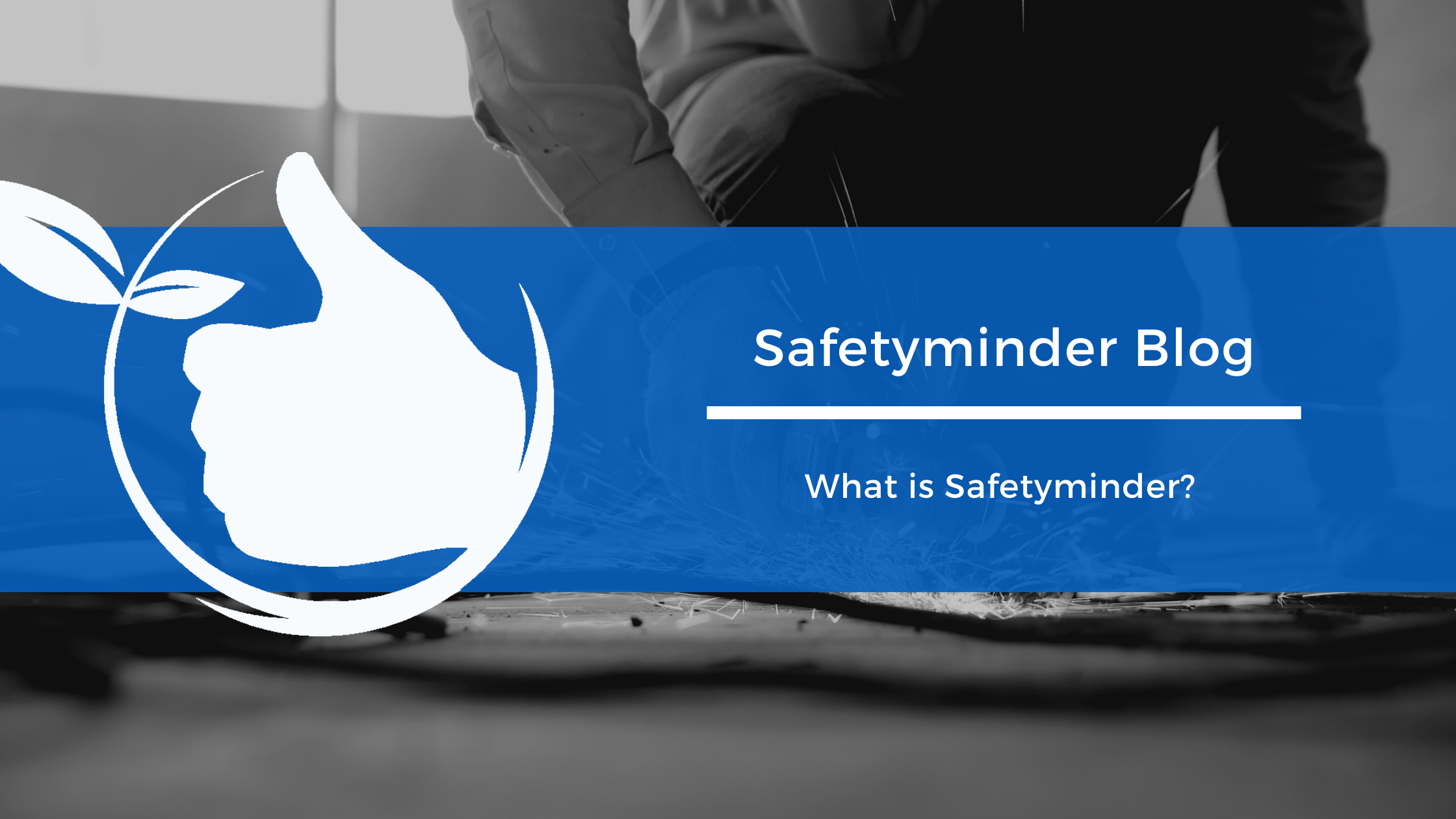
Safety management is not a trending jargon nor is it particularly new; it is a remedy that has always been there. It refers to the management of business activities and the application of principles, processes, and framework that works towards the prevention of accidents, injuries and to lower other risks. With more and more organisations looking for ways to manage their safety responsibilities more effectively, this has led to the invention of a safety management software called Safetyminder.
Safetyminder is a suite of mobile-enabled applications and is user-friendly, which helps organisations improve the culture of safety and protect the workforce within the enterprise. In the current work environment, organisations must ensure the safety of workers and assets by working towards a reduced number of accidents, identification, and mitigation of safety risks, and agreeing with the occupational safety regulations, at the same time as controlling costs.
Safetyminder collects all the data on a centralised web platform, including real-time data collected by use of the mobile devices, to identify job-related hazards that are likely to create risks for illnesses and injuries. And so, a good Work, Health and Safety software program should be able to help in the transformation of the organisation by directing it to a path that would lead to improved safety performance.
Why is Work, Health and Safety software important
If you are considering introducing new health and safety software to your company or enterprise, it is important to be informed about its related importance. They include;
Compliance Management
When it comes to safety and health, compliance is the main target, and making use of compliance software is the most effective way to maintain it. A compliance management platform will keep you updated on the risks of non-compliance in real-time and it can also help in keeping the stakeholders always informed and in control.
Reduction of Risk
When you maximize the use of Safetyminder to control risk, your employees, contractors, visitors and the general public will benefit. As a result, the financial and legal security of your business enterprise also benefits.
Effective and Efficient
Safetyminder software makes you aware of every incident if you’re attending an important meeting or you’re out of town. Utilisation of software that logs reports on various incident and safety policies will always provide you with the information you need to execute business decisions.
Simple Governance
Keeping track of dates, targets and the employee’s responsibilities could be a daunting task for managers. You need to allow health and safety software to help in governance issues. Therefore, lower managerial related stress by using the software to track all the details.
Protect your Assets
Since health and safety software can allow you to maintain, maximize and monitor your investments, you should ensure the protection of your assets from a centralised dashboard. You can easily streamline the protection of your asset rather than assigning individuals to micromanage different assets.
Management of People
It can be a hard task to keep track of all the details that are related to contractors, employees, and volunteers. You must monitor their certifications and training, illnesses, manage injuries, and rehabilitation. All these issues should be handled with empathy and grace.
With health and safety software, you can easily keep track of all these details. When all the information is converged in one place, it will be easier for you to monitor the information of every person. Therefore, Safetyminder will assure you such that you won’t feel neglected and you will not worry whether every person has been trained, because you will definitely know.
Therefore, if your organisation is looking to make your workplace a safer environment for everyone. Then Safetyminder will assist you to develop from a reactive position to a proactive position to improve safety within an organisation. To register your interest in Safetyminder go to www.safetyminder.com.au/register/interest
Work Related Violence - Bullying
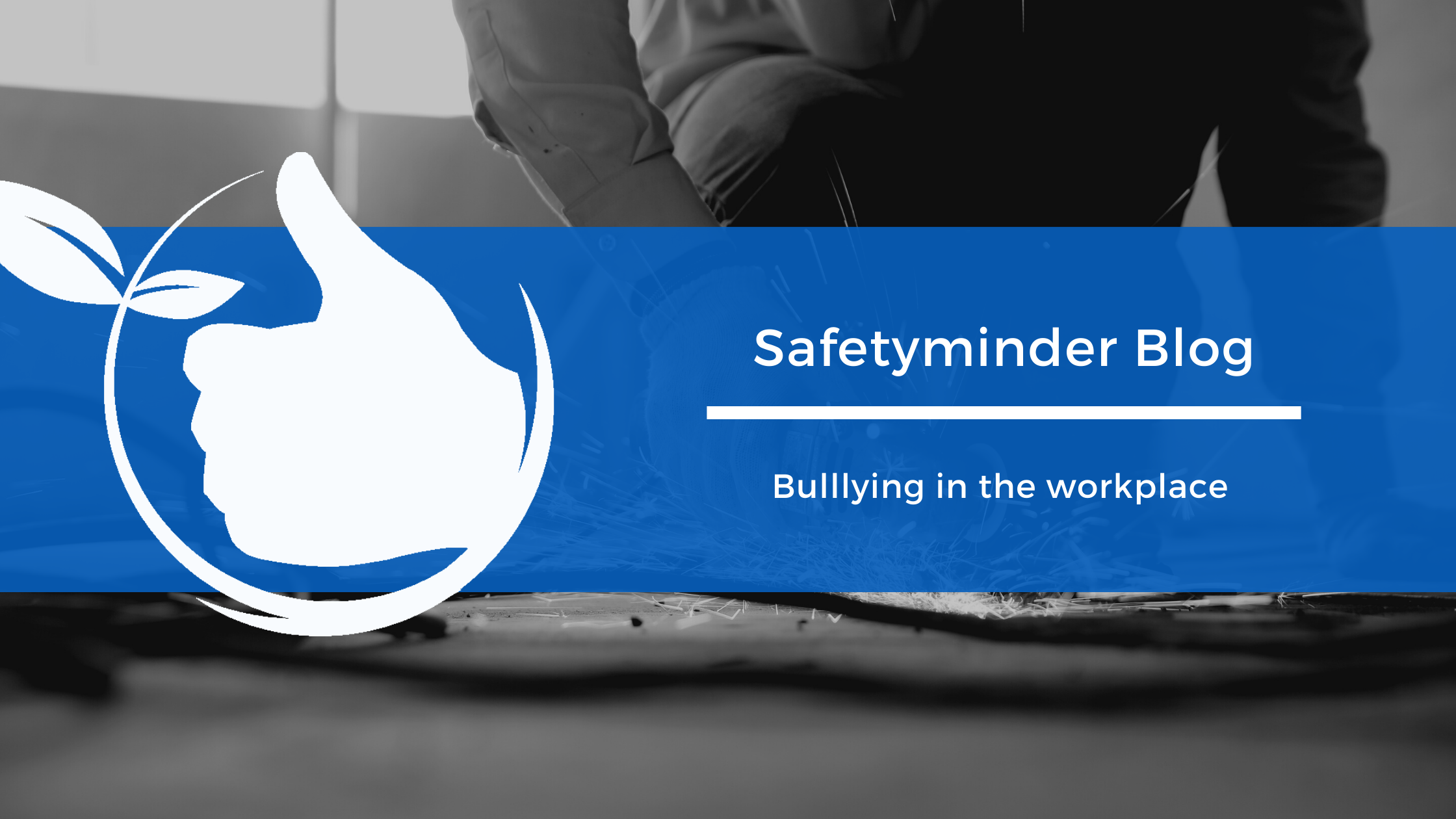
Workplace bullying is repeated and unreasonable behaviour directed towards a worker or group of workers that creates a risk to health and safety.
It is a risk to health and safety because it may affect the mental and physical health of workers. Taking steps to prevent it from occurring and responding quickly if it does is the best way to deal with workplace bullying.
Bullying can take different forms including psychological, physical or even indirect—for example deliberately excluding someone from work-related activities. It can be obvious and it can be subtle, which means it’s not always easy to spot.
Some examples of workplace bullying include:
- abusive or offensive language or comments
- aggressive and intimidating behaviour
- belittling or humiliating comments
- practical jokes or initiation
- unjustified criticism or complaints.
Implications of workplace bullying
There are legal obligations to consider all health and safety risks in the workplace including workplace bullying.
Failure to take steps to manage the risk of workplace bullying can result in a breach of WHS laws.
Workplace bullying is best dealt with by taking steps to prevent it from happening and responding quickly if it does occur. The longer the bullying behaviour continues, the harder it becomes to repair working relationships and the greater the risk to health and safety.
Effects of bullying
Workplace bullying can seriously harm worker mental health with depression, psychological distress and emotional exhaustion common outcomes for bullied workers. These health outcomes may adversely impact the workplace with workers taking sick leave and being less productive (presenteeism), both of which damage productivity.
Managing the risk of workplace bullying
Organisations can minimise the risk of workplace bullying by taking a proactive approach to identify early, any unreasonable behaviour and situations likely to increase the risk of workplace bullying occurring.
Organisations should implement control measures to manage these risks, and monitor and review the effectiveness of these measures. This could include activities such as:
- Regularly consulting with workers and health and safety representatives to find out if bullying is occurring or if there are factors likely to increase the risk of workplace bullying.
- Setting the standard of workplace behaviour, for example through a code of conduct or workplace bullying policy.
- Designing safe systems of work by clearly defining jobs and providing workers with the resources, information and training they need to carry out their work safely.
- Implementing workplace bullying reporting and response procedures.
- Developing productive and respectful workplace relationships through good management practices and effective communication.
- Providing information and training on workplace bullying policies and procedures, available support and assistance, and how to prevent and respond to workplace bullying.
- Prioritising measures that foster and protect the psychological health of employees.
Benefits of preventing workplace bullying
In 2016, we published a report that outlines how improving management commitment to psychological health and safety could be an innovative strategy to reduce lost productivity, as well as substantially improve the wellbeing of workers.
The report interrogated data from the 2014–15 Australian Workplace Barometer Project, collected via telephone from 4,242 employees nationwide.
Key findings included:
- The total cost of depression to Australian employers due to presenteeism and absenteeism is estimated to be approximately $6.3 billion per annum.
- Workers with psychological distress took four times as many sick days per month and had a 154% higher performance loss at work than those not experiencing psychological distress. This equates to an average cost of $6,309 per annum in comparison with those not experiencing psychological distress.
- Relative to workers with high engagement, workers with low engagement have approximately 12% more sick days per month and an average performance loss of eight per cent, costing employers $4796 per annum.
The importance of First Aid in the workplace
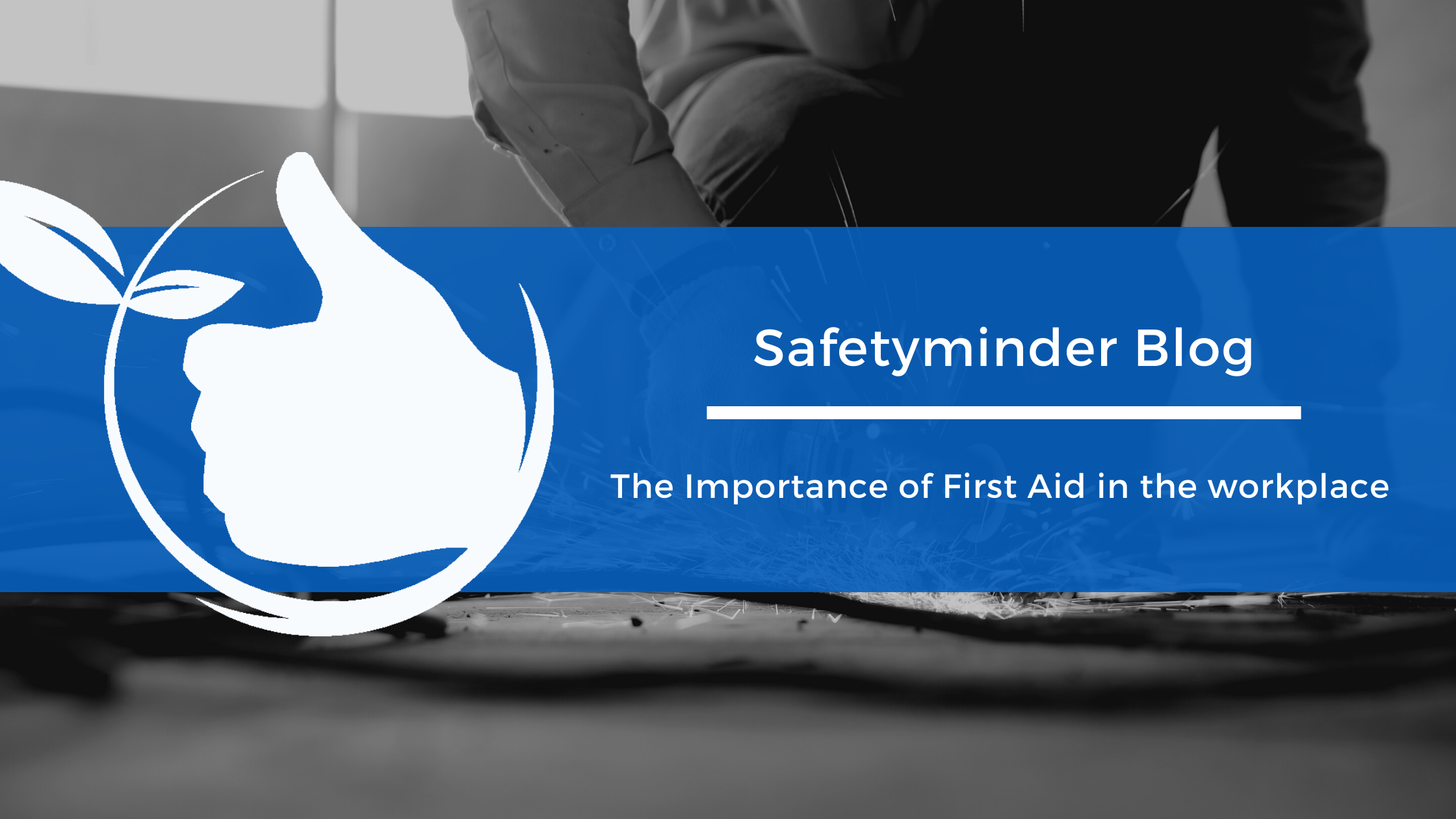
First aid risk assessment
First aid requirements vary from one workplace to another, so you must consider all relevant factors at your workplace when deciding what first aid arrangements you need to have in place, including:
- the type of work being carried out
- the hazards at the workplace
- the size and location of the workplace (for example, the distance between work areas and response times for emergency services) and
- the number and composition of people at the workplace (for example, workers, contractors, subcontractors, volunteers and visitors).
A thorough first aid risk assessment that considers all of these factors will help you to decide what first aid arrangements to provide. Through this process it should become clear what first aid facilities, equipment and training are needed. Review your first aid risk assessment regularly in consultation with your workers to ensure your arrangements stay adequate and effective.
Equipment and personnel
You must give your workers access to:
- first aid equipment and facilities
- trained first aiders.
Keep first aid kits close to areas where there is a higher risk of injury or illness, as well as inside work vehicles if workers are expected to travel as part of their job.
The contents of first aid kits should be based on your first aid risk assessment. At a minimum, they should include equipment for providing basic first aid, but extra equipment may be needed depending on the nature of the work and workplace (for example, in remote areas or where there is a risk of certain serious injuries like burns).
A first aid risk assessment will also help you to decide if a first aid room is needed at your workplace. You should set up a first aid room if it would be difficult to provide first aid at your workplace without one. We recommend in low-risk workplaces a first aid room is provided when there are 200 or more workers, and in high-risk workplaces when there are 100 or more workers.
A trained first aider should hold a nationally recognised statement of attainment from a registered training organisation. Some workplaces may require more specific or advanced first aid training depending on the nature of the work or the workplace. First aiders should attend training regularly so their knowledge and skills are up-to-date.
As a rule of thumb there should be one first aider for every:
- 50 workers in low-risk workplaces (for example, an office)
- 25 workers in high-risk workplaces (for example, a construction site)
- 10 workers in remote high-risk workplaces (for example, a mine).
